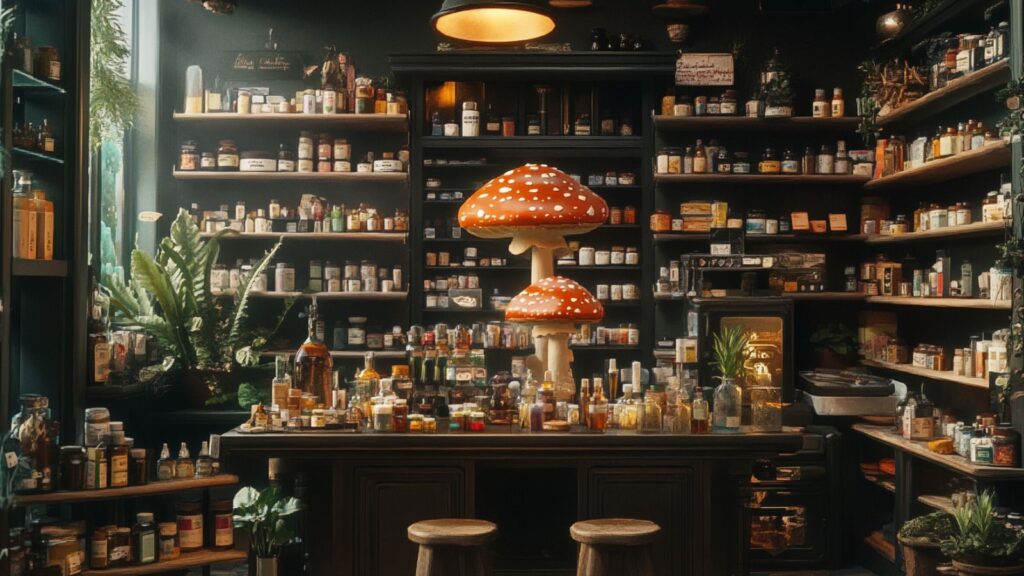"He to whom Nature begins to
reveal her open secret will feel an irresistible yearning for her most worthy
interpreter, Art." – Goethe
Science
aims to help us gain an understanding of reality, yet how can that which is
dictated by the laws of logic be used to explain the parts of reality that are non-logical?
Is it
possible that art can be used in a scientific way to create a more accurate expression
of reality and a greater understanding of human experience?
A recent
article by Jonah Lehrer in SEED Magazine called "The Future of
Science….Art?" asks whether art is better
suited than science to portray the reality of inner experience:
"This world of human experience is the world of the
arts. The novelist and the painter and the poet embrace those ephemeral aspects
of the mind that cannot be reduced, or dissected, or translated into the
activity of an acronym. They strive to capture life as it's lived. As Virginia
Woolf put it, the task of the novelist is to 'examine for a moment an
ordinary mind on an ordinary day…[tracing] the pattern, however disconnected
and incoherent in appearance, which each sight or incident scores upon the
consciousness.' She tried to describe the mind from the inside."
Just by
observing the many states of reality that we experience daily we can see that
looking through a so-called "empirical" and "logical" lens
at the "objective" realm of what is "provable" captures
only part of the picture.
Reality
encompasses that which is beyond science as we know it, or at least beyond that
which the current scientific mindset can explain.
Lehrer
refers to physics as a scientific study that’s closely aligned with art in that
it deals with the realm of invisible, fundamental forces that defy literal
explanation:
"But the surreal nature of physics is precisely why it
needs the help of artists. The science has progressed beyond our ability to
understand it, at least in any literal sense. As Richard Feynman put it, 'Our imagination is stretched to the utmost, not, as in fiction, to
imagine things which are not really there, but just to comprehend those things
which are there.' It's a brute fact of psychology that the human mind
cannot comprehend the double-digit dimensions of string theory, or the
possibility of parallel universes. Our mind evolved in a simplified world,
where matter is certain, time flows forward and there are only three dimensions.
When we venture beyond these innate intuitions, we are forced to resort to
metaphor. This is the irony of modern physics: It seeks reality in its most
fundamental form, and yet we are utterly incapable of comprehending these
fundaments beyond the math we use to represent them. The only way to know the
universe is through analogy."
Metaphor,
art and non-logical expressions are perhaps the best way to convey the
subtleties of reality which cannot be understood "literally” or through
any unified logic based theory:
"The fundamental point is that modern science has made
little progress toward any unified understanding of everything. Our unknowns
have not dramatically receded. In many instances, the opposite has happened, so
that our most fundamental sciences are bracketed by utter mystery. It's not
that we don't have all the answers. It's that we don't even know the
question."
Carey
Thompson is a very talented visionary artist who attempts to express realms
that science touches with some of his pieces.
He
writes about his piece "Omnicentricity," shown above.
"Recent discoveries in quantum and astrophysics have
completely destroyed the Newtonian/Cartesian notion of ourselves floating
around in a fixed three-dimensional space. Astronomers had even thought they
had pinpointed the exact center where the infamous Big Bang supposedly
occurred. Our universe is multidimensional, its center being everywhere, with
all of its manifestations containing within them everything else just as every
pixel of a hologram contains within it the image of the completed whole. Thus,
modern science is a approaching the conclusion, which ancient peoples had
intuitively understood, that all is one in this vast unfolding singularity. The
image before you attempts to convey this idea."
If
scientific research, study and expression were to include more creative,
intuitive modes of being as its subject matter, than the reverse might also
occur, in which other realms of mind and reality are integrated into the scientific
process itself. Perhaps with an expanded
frame of reference scientists can undertake inquiries formerly considered
"unscientific."
In his
new book, "The Science of Leonardo," Fritjof Capra writes,
"Leonardo [Da
Vinci]'s approach to scientific knowledge was visual. It was the approach of a
painter. 'Painting,' he declared, ‘embraces within itself all the forms of
nature.' This statement is the key to understanding Leonardo's science."
Capra
points out that Da Vinci's genius came from his ability to use art as a way to
be scientific, hence throwing the whole distinction between science and art
into question. It may turn out that they
are more alike than different. If that’s
the case then it’s not only the expression of scientific understanding which
needs to evolve, but our understanding of the scientific mind itself–or more
specifically, scientific consciousness.
It is
the very nature of who we perceive ourselves to be as scientists which needs to
be identified and understood–this is the brave new frontier that needs to be
explored.
In order
to answer this, perhaps we should redesign science laboratories to include
consciousness expanding facilities like meditation rooms, yoga studios, and floatation
tanks for the scientists to spend time in. We could include disciplines of
meditation, cognitive science, parapsychology, healing arts and spirituality in
every scientific course of study. Schools can encourage non-logical days, art
expressions, meditation courses, visionary journeys, and shamanic experiences
as part of the curriculum…
Soon
we'd have culture of psychonaut-spiritual-art-scientists. And perhaps as a
result we’ll share a better understanding of ourselves, and the universe we
live in.













